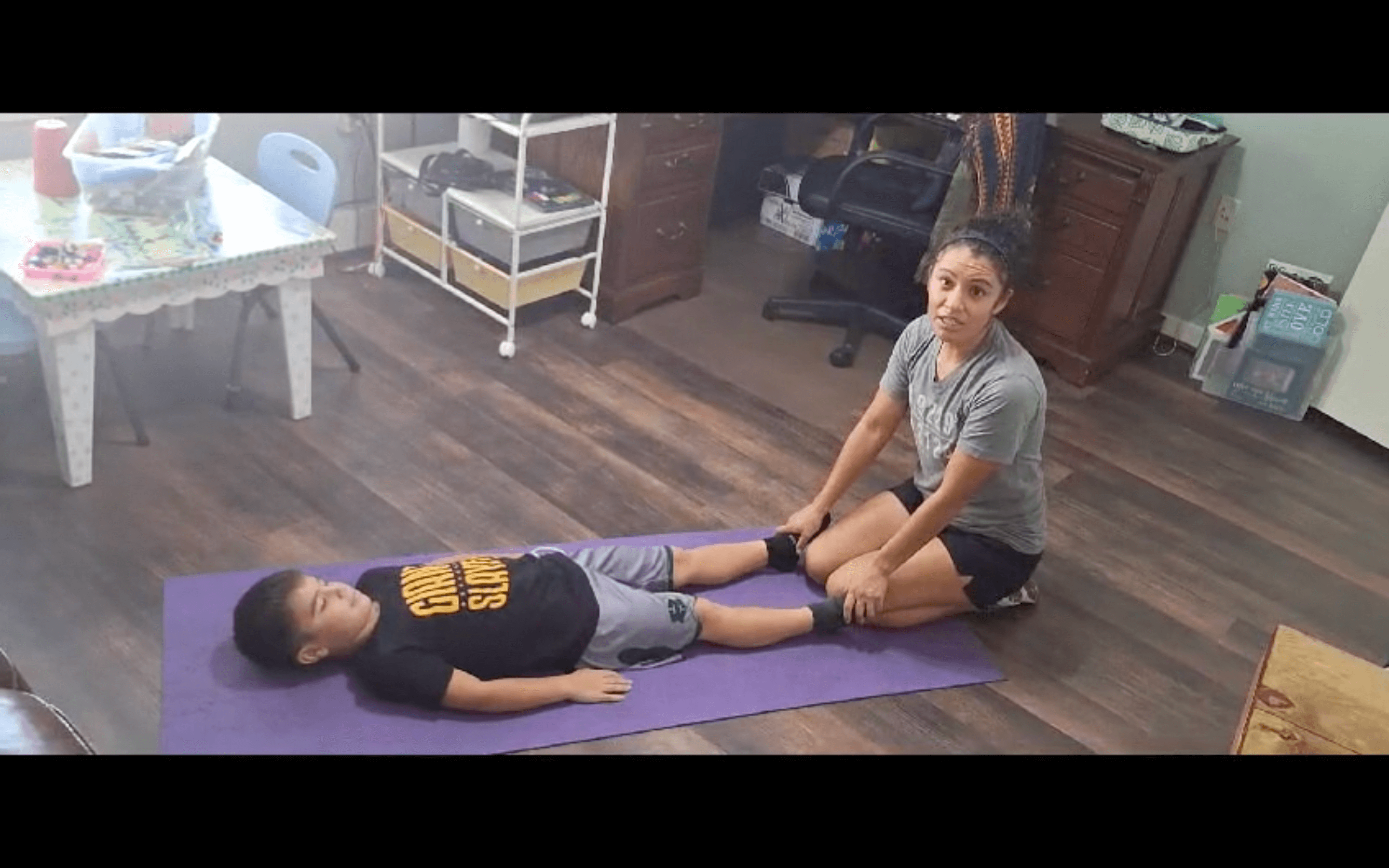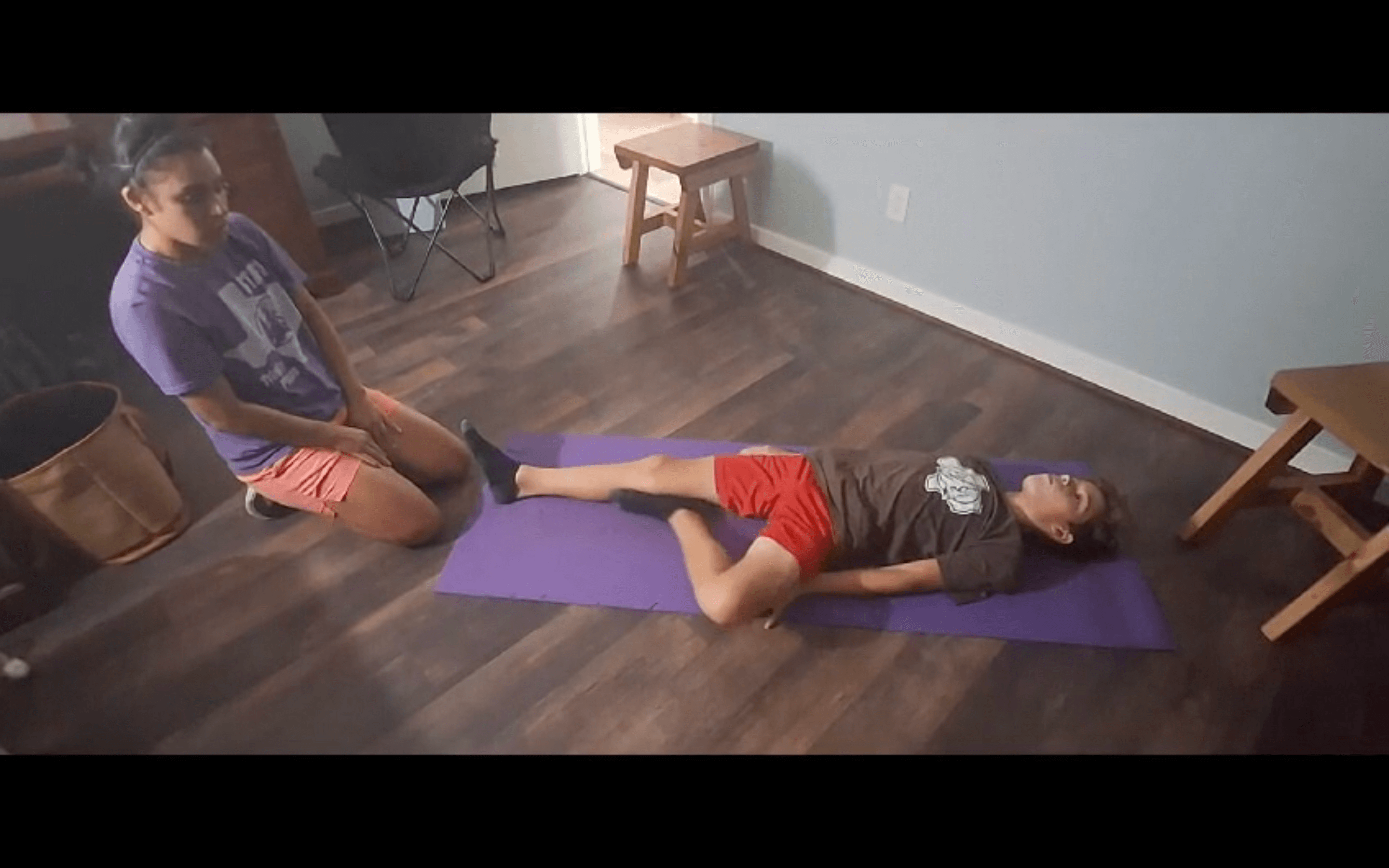Course Menu
-
Introduction
Course Outline
System Development
Understanding Fear Paralysis Reflex
Understanding Moro Reflex
Understanding Rooting Reflex
Understanding Babinski Reflex
Understanding Palmer Reflex
Understanding Spinal Galant Reflex
Understanding Tonic Labyrinthine Reflex (TLR)
Understanding Symmetrical Tonic Neck Reflex (STNR)
Understanding Asymmetrical Tonic Neck Reflex (ATNR)
-
Phase 1 Overview
Rhythmic Movement Training
Rooting Reflex Exercise
Palmar Reflex Exercise
Babinski Reflex Exercise
Spinal Galant Reflex Exercise
Moro Reflex Exercise
Optokinetic Reflex
Astronaut Training Slow
Wilbarger Brushing
Box Breathing
Hand Pulls
Meatball
Smooth Pursuits
Supine Rocking
1/2 Superman
Snow Angel
Balanced Brain ~ Thriving Child
Kim Lowack
Rhythmic Movement Training
Slides

Wipers, Frog Legs, Ankle Crosses, Knee Rocking, Knee Tucks

Technique:
-
- Slides - hold at the ankles/knees to push and pull slowly 10-20 times
- Wipers- start with 10x doing the movement for the child, then move to have them do them actively but slowly
- Frog leg - single legs - 5 cycles (R/L is 1 cycle) sliding foot up the inside of the opposite leg and back down
- Frog leg - both legs together 5 x holding feet together evenly and flat heel to heel
- Ankles Crossing - 5 cycles - making a rainbow up and over the other leg (no sliding the foot over the top of the other foot)
- Knee Rocking- 5 cycle assist side to side and note if there is any tension in the hip - if there is, hold the position of the legs at the point of tension until it relaxes (up 10 seconds)
- Knee Tucks - 10x slide the feet on the floor all the way up into the tuck position (knees to chest) and then down sliding the feet on the floor. If needed put a pillow or stuffed animal between the knees to help your child keep the knees together
Frequency:
- 1-2x day and as needed (very useful when your child is anxious, hyper, or needs to calming before bed)
- 10-20 repetitions for each movement as your child tolerates
Undesired reactions:
- Stiffness in the neck or shoulders
- "Helping" movements from your child like forcing the head rocking out of coordination with the body movements
- Agitation or anger
These movements I lovingly call “magical movements”.
It is very common to observe during these movements, a sleepy rubbing of the eyes, yawning, and staring off into space. This is good!
They are for calming and alerting the nervous system as well as developing neural pathways for R/L side of the body synchronization.
At the same time, if your child's Spinal Galant is active then the slides will appear to be very uncomfortable. In this case, do them very slowly and only do 5 to start with - and work your way up.
These movements are amazing at quickly calming the fight-or-flight response system. You may use these movements any time of the day.
Examples of when to use these movements:
- Start the day to alert and awaken the nervous system and get it regulated.
- Before bedtime to calm and bring order from the chaotic day and to promote sleep.
- During the day when a child has high anxiety, frustration, or is bouncing off the walls!!
- Preparation for activities in which they need increased focus.
**You never really stop doing the Rhythmic Movements - they are a wonderful lifelong tool for relaxation and calming.
Phase 1 - Assisted

Phase 2 - Unassisted
